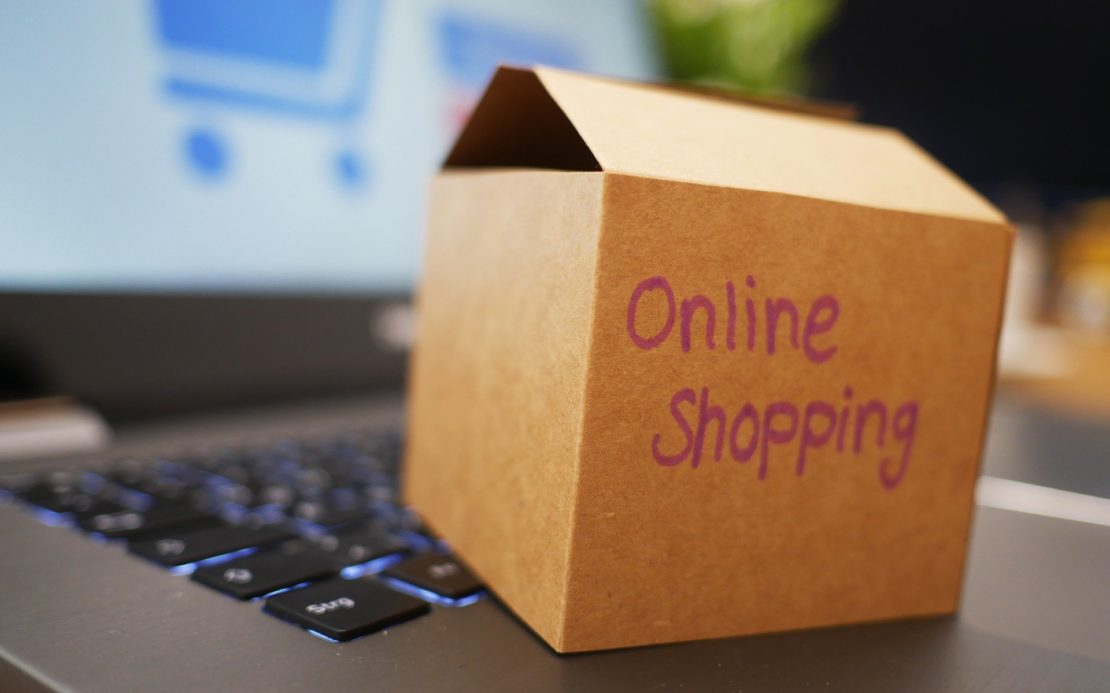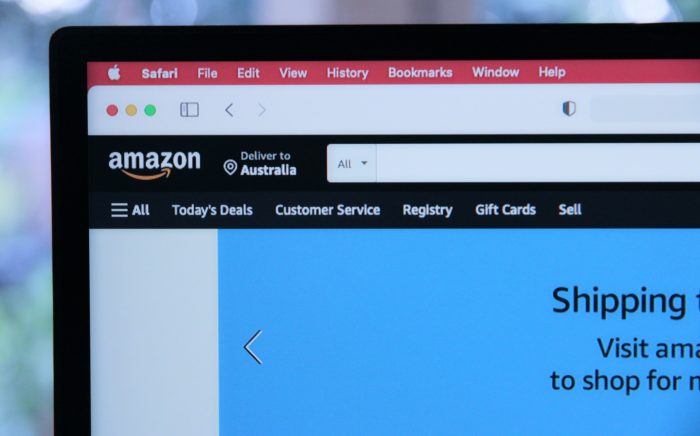Table of Contents
The market power and influence that Amazon has acquired over the years, has caused small businesses to be shut down left and right.
As a small business owner, competing with Amazon may seem like an impossible task but there are definitely steps you can take to ensure your company thrives.
Quick Summary of This Guide
In this post, we will discuss:
- Some of Amazon’s weaknesses and how you can exploit them to create unique value
- Tips to build a loyal customer base for your small business
Let’s get into it.
Amazon is “Too Big to Fail”? Maybe Not
Many small business owners feel very intimidated by the platform and instead of setting up an independent venture of their own, choose to just become an Amazon seller.
While becoming an Amazon seller can definitely be lucrative, it can be disheartening to know you will not receive 100% of the revenue when you sell on the platform.
After all, the sellers on Amazon are technically the customers of the platform too.
While you can definitely be profitable on Amazon, you’ll still have to pay a ton in advertising fees, final value fees, fulfillment fees, and much more.
Taking all of this into account, it’s clear to see it would be much more profitable if you can get your own independent small business off the ground.
But is that really possible?
Yes, it really is. Let’s take a look:
Consumers on Amazon are Not All That Loyal
According to an Amazon Customer Survey in 2017, 53% of consumers tend to “always” or “sometimes” check prices on other websites before directly buying from Amazon.
When you further add the 28% that don’t shop on Amazon at all, you’re looking at a potential 82% of the market that you can target with your small business.
So, just think about it:
If a product is being sold on Amazon but you’re selling it through your own small business at a lower price, you can potentially tap into 82% of the market and secure customers for yourself.
Of course, undercutting prices isn’t the only strategy you can take. Effective SEO and marketing can play a role in this as well.
We’ll talk about strategies you can consider later in this post.
Amazon Doesn’t Offer Free Returns
A study by Shippo stated that a whopping 87% of consumers prefer to buy a product if they know they’ll be able to return or exchange it for free.
And guess what? Amazon does not provide free return shipping.
That’s right. According to Amazon, they will only provide free shipping to its consumers if the reason for the customer not being satisfied was somehow Amazon’s fault.
So, if you got a shirt in the wrong size because Amazon shipped you the wrong product, then you’ll get free return shipping.
However, if a third-party seller messed up or if you simply changed your mind about the product, you’re the one who’ll be paying for return shipping.
Here’s a quote straight from Amazon:
“If you return an item using a prepaid method (dropoff or pickup) from the Online Returns Center, and the reason for return is not a result of an Amazon error, the cost of return shipping will be deducted from your refund unless your item qualifies for a free return.”
So, if you provide free return shipping to customers, you will have to provide them with a huge value that Amazon does not.
It’s a great way to secure customers.
Many Product Descriptions on Amazon are Not That Convincing
While Amazon does have fairly strict rules regarding product descriptions, many items are still sold on it that are not all that well-described.
Many product listings on Amazon don’t have necessary information related to the product in their descriptions at all.
Thus, with the help of some effective copywriting techniques and detailed information about your products, you can definitely steal some of Amazon’s customers.
No one wants to take the risk of ordering something while not entirely being sure if that’s the product they want.
If you can provide all of the relevant details regarding a product while the product listing for that item on Amazon is fairly vague, there is a high chance customers will buy from you rather than from Amazon.
Tips to Propel Your Small Business to the Top
We’ve already explained some of the ways through which you can create value that Amazon does not in order to compete with the platform.
Along with those strategies, there are a ton of other steps you can take to gain customer loyalty and provide a better customer experience compared to Amazon.
Be Obsessed About Customer Service
When you ask experts about why Amazon has been able to capture the loyalty of so many consumers, many of them will point to Amazon’s customer-centric approach.
Amazon prides itself in providing the best customer experience.
While Amazon provides its customers with convenience, the whole buying process is highly impersonal.
As a small business, you have the liberty to customize your customer experience in order to make it entirely unique.
You can do this in a number of ways such as:
- Sending handwritten notes along with your shipped items
- Sending follow-up messages to customers asking them if the product you sent them is working fine or not
- Providing quick and empathetic customer service
Sellers on Amazon can take up to two days to respond to buyers.
Since you’re a small business with fewer customers, you can definitely provide quicker customer service than that.
Checkout Should be Highly Convenient
When it comes to online retail, while Amazon is the king, it still fails to capture all potential customers that visit the platform.
According to a study by the Baymard Institute, as high as 37% of consumers have abandoned their shopping carts because the platform required them to create an account.
Hence, if you can set up your website to not require creating an account to place in order, you can tap into a large consumer market.
One other approach you can take is to have social login. This means that a user could authorize themselves on your website by using their social credentials on Facebook, Gmail, Twitter, etc.
This would then not require them to fill out an extensive form which is the main reason why so many people are turned off of platforms when it requires them to create an account.
Create a Website That is Phone-Optimized
A ton of people tend to do a lot of their shopping from their phones.
Hence, setting up a website for your small business is not enough.
You also have to ensure that the website runs great on phones as well.
Otherwise, you’ll be ignoring a hefty portion of the consumer market that could potentially be the main source of your profits.
Build a Sense of Community
Amazon is one of the largest e-commerce platforms in the world.
That’s great and all but being a giant platform does have its setbacks too.
One of those setbacks is that Amazon cannot create a sense of community among its users without it feeling inauthentic or manufactured.
This is something you can capitalize on as a small business owner.
Chances are that if you’ve started a small business, you’ll most likely be interested in the products that you will sell at least to some extent.
Hence, it can be a good idea to interact with your customers and build a community around the products that you’re selling.
You can do this in a number of ways:
- If you have an online website for sales, consider adding a forum section to it.
This section can be a hub where your customers can discuss their experiences and help each other out with the products that you’re selling.
It’s a good idea to be an active participant in these forum discussions so that you become a prominent member of the niche community of products that you’re selling.
- If you’re running a physical store exclusively, it can be a good idea to have regular events that involve your local community.
Giveaways, competitions, and other similar events can be a great way to bring your local community together and build awareness for your consumer brand.
If you create a good-enough experience for your potential customers, they’ll definitely keep coming back to you.
Focus on Niche Products
As a small business owner, it can definitely be a tough ask to compete with the convenience of Amazon.
However, when it comes to the availability of niche products, the competition isn’t all that tough.
There are a ton of niche products out there that Amazon simply can’t provide to its customers. Even if it does, it usually doesn’t have the same level of versatility or inventory.
Hence, if you can identify a certain niche of products that isn’t widely available on the online retail platform, you can definitely beat Amazon.
Wrapping Things Up…
We’ve outlined some of the approaches you can take to beat Amazon.
While these are definitely some tried-and-true approaches, we must stress that this isn’t an extensive list.
The key is to simply identify what Amazon does not provide and then make an effort to provide it to your customers. It really is that simple.
Do you have any other ideas on how you can create unique value to beat Amazon? Let us know in the comments below.




